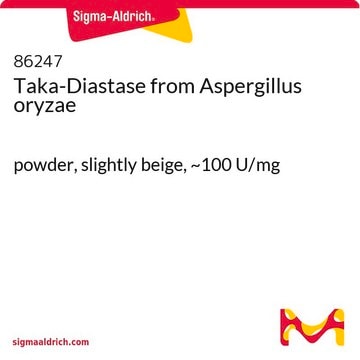T25305
Tetraphenylarsonium(V) chloride hydrate
97%
Synonym(s):
Phenylarsonium chloride, Tetraphenylarsenic chloride
About This Item
Recommended Products
Assay
97%
reaction suitability
core: arsenic
reagent type: catalyst
mp
258-260 °C (lit.)
SMILES string
O.[Cl-].c1ccc(cc1)[As+](c2ccccc2)(c3ccccc3)c4ccccc4
InChI
1S/C24H20As.ClH.H2O/c1-5-13-21(14-6-1)25(22-15-7-2-8-16-22,23-17-9-3-10-18-23)24-19-11-4-12-20-24;;/h1-20H;1H;1H2/q+1;;/p-1
InChI key
NGDWSDTZKCSLRK-UHFFFAOYSA-M
Related Categories
Application
Signal Word
Danger
Hazard Statements
Precautionary Statements
Hazard Classifications
Acute Tox. 3 Inhalation - Acute Tox. 3 Oral - Aquatic Acute 1 - Aquatic Chronic 1
Storage Class Code
6.1C - Combustible acute toxic Cat.3 / toxic compounds or compounds which causing chronic effects
WGK
WGK 3
Flash Point(F)
Not applicable
Flash Point(C)
Not applicable
Certificates of Analysis (COA)
Search for Certificates of Analysis (COA) by entering the products Lot/Batch Number. Lot and Batch Numbers can be found on a product’s label following the words ‘Lot’ or ‘Batch’.
Already Own This Product?
Find documentation for the products that you have recently purchased in the Document Library.
Our team of scientists has experience in all areas of research including Life Science, Material Science, Chemical Synthesis, Chromatography, Analytical and many others.
Contact Technical Service









